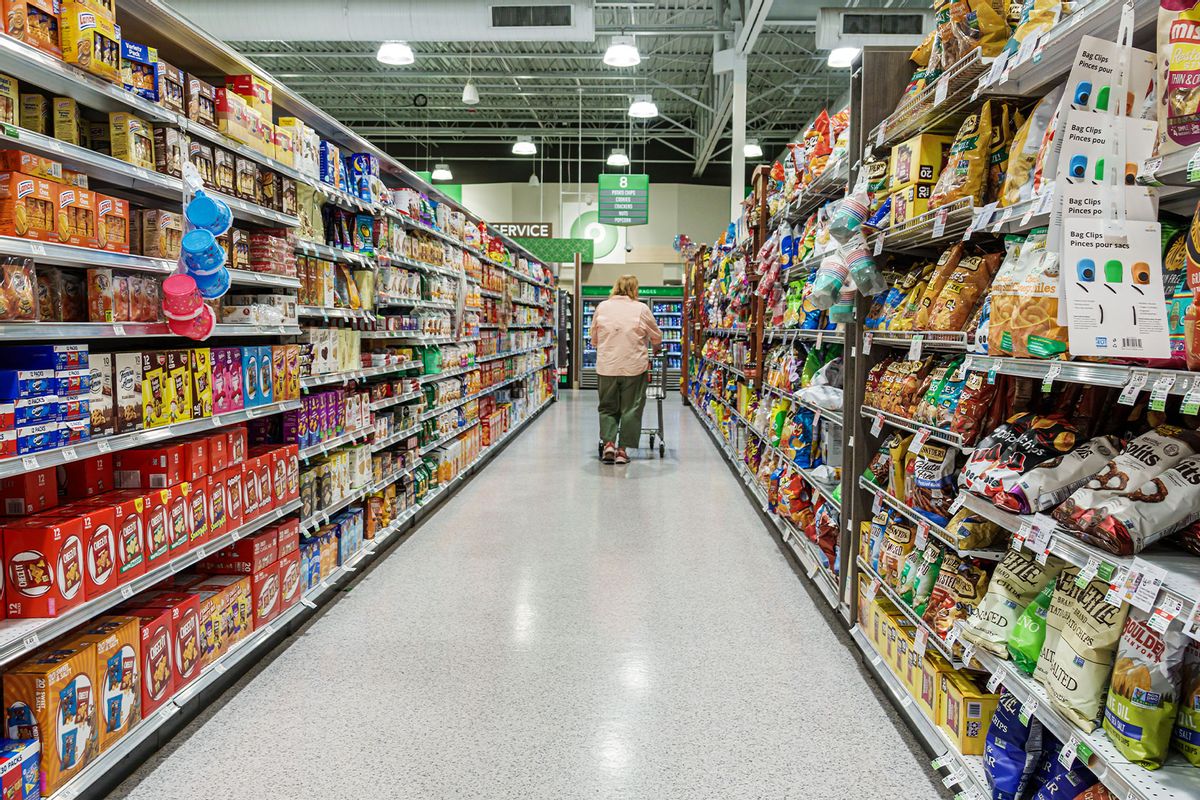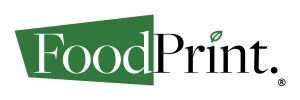Whole Foods earned an “A” grade for animal welfare on the ASPCA Supermarket Scorecard while the British supermarket Tesco took top honors for human rights practices on the Oxfam Supermarket Scorecard.
Organizations including Greenpeace, Friends of the Earth, The Center for Biological Diversity and Fair Trade America have graded supermarkets on multiple metrics from human rights and animal welfare to food waste, seafood sustainability and pollinator friendliness. Their scorecards were designed to help consumers make more informed decisions about where to shop.
The concept of supermarket scorecards isn’t new: Greenpeace launched its first scorecard in 2008 to evaluate grocers on seafood sustainability and provided annual rankings for 10 years. The national nonprofit also launched the Supermarket Plastics Scorecard and the Tuna Retailer Scorecard.
More recently, Oxfam published its supermarket scorecards in 2018 and 2023 and ASPCA published their first annual scorecard in 2023. While some organizations publish annual scorecards, others, like Oxfam, publish an inaugural version and a follow up to assess progress, educate consumers and hold supermarkets accountable.
“Our choices as consumers do matter,” says Eline Achterberg, policy lead business and human rights at Oxfam. [Supermarket scorecards] allow us to compare how supermarkets are performing relative to each other.”
Grading grocers
In order to design these scorecards, organizations use public data to rank distinct aspects of retail practices and purchasing decisions. Oxfam focused its supermarket scorecard on three aspects of human rights: workers, women and small-scale farmers, which are among the most vulnerable groups in food production, according to Achterberg.
The Oxfam scorecard awarded points to supermarkets on multiple metrics, including tracking and disclosing suppliers across its food supply chains, making commitments to support small scale seaforights policies with commitments to proactive prevention of forced labor in the supply chains of the products they stock.
The Greenpeace Grocery Store Scorecard ranks major U.S. retailers on seafood sustainability based on their policies, participation in initiatives that promote ocean conservation and seafood sustainability, labeling and transparency and whether stores sell destructively caught or endangered species. Based on their evaluation, Whole Foods achieved the highest score (75 percent) while Publix scored just 26 percent.
For their scorecard on food waste, the Center for Biological Diversity gathered information from sustainability reports, promotional materials, and other public data to rank supermarkets on 26 data points from tracking and prevention to organics recycling to grade supermarkets on their food waste reduction efforts. Walmart, Kroger, Ahold Delhaize, which includes U.S. retailers like Giant and Food Lion, earned “A” grades.
ASPCA graded the largest U.S. supermarkets on their policies on broiler chickens, laying hens and pregnant pigs, assigning grades based on their commitment to phasing out suppliers that house animals in battery cages or gestation crates.
“Until the largest food retailers in the country set standards for their supply chains, banning inhumane practices like extreme close confinement of animals, farmers lack the kind of reliable markets they need to invest in higher welfare practices,” says Nancy Roulston, senior director of corporate policy & animal scientist, ASPCA Farm Animal Welfare. “Since retailers are the arbiters of consumer choice, the Supermarket Scorecard seeks to hold these powerful grocery stores accountable.”
Since most supermarkets work with multiple suppliers and average more than 33,000 products on their shelves, it can be difficult to grade individual products or even individual suppliers, according to Achterberg. It’s easier to evaluate supermarket-wide benchmarks — and it’s important. Americans purchase almost two-thirds of their calories from large supermarket chains.
“Major retailers have a major role in shaping our food system,” Roulston says.
Recent data found that 67 percent of consumers rated animal welfare as “very” or “extremely important” to their purchasing decisions and 62 percent were more apt to purchase products with third-party animal welfare certifications. The number of consumers who use sustainability metrics to guide their purchasing decisions is also on the rise.
Scorecards tell consumers how their preferred stores ranked on various benchmarks. The organizations that produce the rankings want consumers to use them to encourage their favorite stores to do better.
ASPCA encourages customers to thank high ranking stores for their commitments to animal welfare and offers “bring your store on board” resources that consumers can use to encourage them to make progress. “When we know that supermarkets aren’t fully inclusive or respecting human rights or sustainable, then it is good as a consumer to try and make better choices if we can,” Achterberg says.
The path to a passing grade
The goal of supermarket scorecards is about influencing supermarket purchasing patterns and changing consumer behavior to promote a more sustainable, equitable and just food system.
Oxfam has seen the impact of supermarket scorecards. The global nonprofit published supermarket scorecards in 2018 and 2022; all of the ranked supermarkets increased their scores during the reporting period. Tesco increased their score from 23 percent to 61 percent; Lidl went from five percent to 59 percent and Aldi raised their score from 1 percent to 56 percent.
Achterberg attributed some of the increases to improved transparency, since many of the scorecards award points for that. She explains, “We know that there is no supermarket in the world that doesn’t have any human rights issues in their food supply chains.”
Greenpeace, for example, considers how transparent grocers are about the source of their seafood as a key metric in their scorecard and supermarkets can earn points for transparency even if their sourcing practices are less than ideal. Achterberg believes that publicizing their data is the only way that supermarkets can start to improve.
As a result of Oxfam’s scorecard, Tesco signed a “ground breaking agreement” with the global federation of trade unions to improve worker rights in their supply chain; Lidl started publishing information on its full supply chain for products like bananas and tea; and Aldi published human rights impacts assessments on the human rights impacts of certain crops.
Their efforts have been called “a race to the top” and attributed to Oxfam supporters and customers calling for change after the supermarket scorecards were published.
ASPCA also reported improvements in supermarket scores between their 2023 and 2024 scorecards. Roulston notes that four stores — Albertsons, Key Food, Kroger and Safeway —advanced their commitment to eliminate confinement in their supply chains and either improved their farm animal welfare policies or reported progress.
Grading the effectiveness of scorecards
Mark Lang PhD, food marketing expert and associate professor of marketing at the University of Tampa is concerned that supermarket scorecards are “too fragmented and too specific” to have maximum impact and believes that keeping up with a number of different seals, rankings and scorecards is overwhelming for consumers.
Lang would like to see organizations partner to create a more holistic grade rather than multiple, disparate efforts to rank niche components of food production, explaining, “There are so many environmental and sustainable rankings that they are almost meaningless. People don’t want to put effort into understanding the difference between [the scorecards].”
Indeed, the 2024 American Consumer Satisfaction Index found that the grocers that were most popular with consumers, including H-E-B, Publix and Trader Joe’s, had some of the lowest grades on scorecards. Friends of the Earth gave Publix and H-E-B “F” grades for bee friendliness; Publix and Trader Joe’s received “D” grades from the Center for Biological Diversity for their efforts to reduce food waste.
Achterberg acknowledges that scorecards aren’t a silver bullet for creating more sustainable, ethical supply chains. “Benchmarking is one thing to stimulate supermarkets to get them to do better but it’s still voluntary,” Achterberg says. “The worst that could happen is they’re low on the scorecard and maybe their reputation is a bit damaged.”
Legislation, including laws that compel supermarkets to perform due diligence into their supply chains or bans on importing products made with forced labor, is also essential for holding supermarkets accountable for human rights, animal welfare or other issues in their supply chains, she adds.
In the absence of legislation, the rankings are an important tool. Roulston says they can “fill a gap to connect concerned consumers with the information they need to make more informed decisions aligned with their values given that supermarkets have immense influence over what we eat and how that food is produced.”




Shares